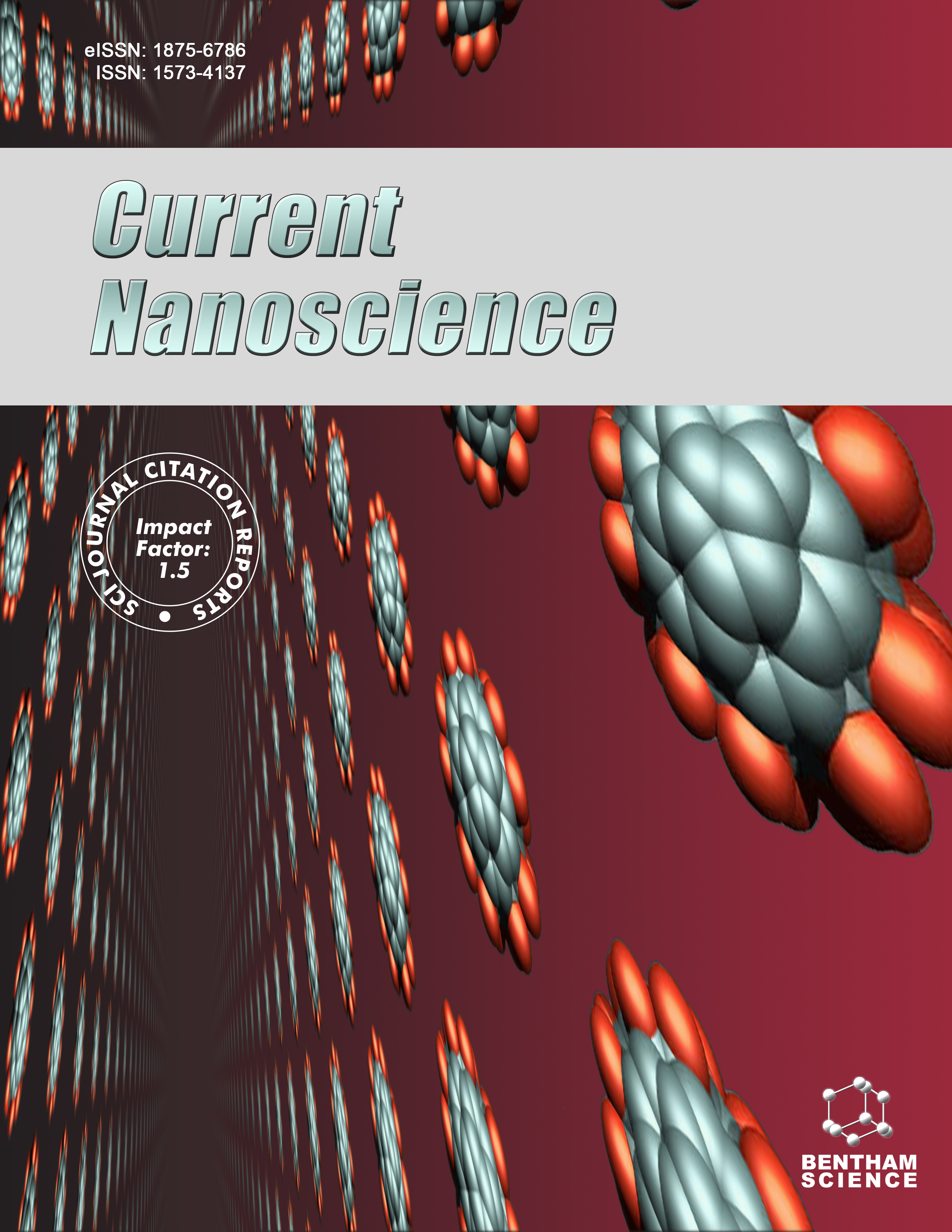
Full text loading...
In this paper, the interface polariton (IP), the confined (CF) modes in nanostructures made with wide bandgap semiconductors, as well as their contributions to the carrier scattering mechanism have been investigated. An asymmetric quantum well (AQW) made with ZnSe/CdSe/ZnS has been studied. More specifically, the dielectric continuum (DC) model has been employed to describe both the IP and the CF modes. Additionally, the Fermi golden rule has been used to estimate the electron transition rate within the asymmetric structure. Our numerical results show that the scattering rate for an electron which is localized at the bottom of the first subband above the well and drops within the quantum well, is characterized by regular peaks with an almost linear increase as the size of the QW increases. The emerge peaks are related to two different physical characteristics of the AQW system. These peaks are related to electron resonances and the threshold phonon emission (both CF and IP) called phonon resonances. The scattering rate of an electron which is localized at the bottom of the second subband above the well and makes transitions to all possible states within the quantum well gives only rise to phonon resonances. The research highlights the importance of the CF and IP modes on transition rates and their dependence on both the size of the quantum well and the asymmetry of the barrier materials.
PACS: 68.65.Fg, 74.25.Kc, 63.22.−m, 63.22.+m

Article metrics loading...

Full text loading...
References


Data & Media loading...

